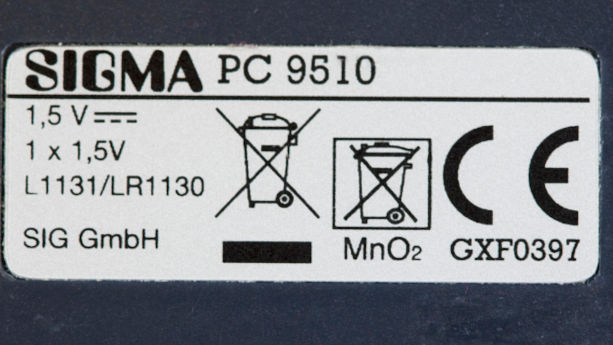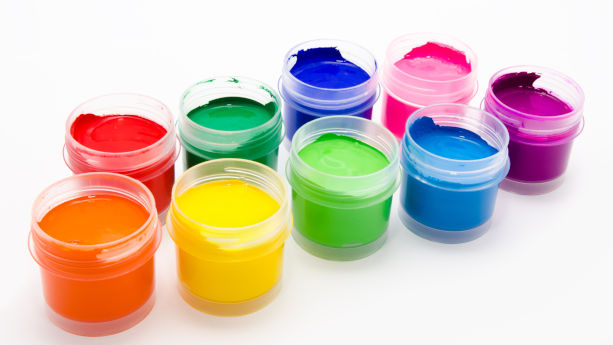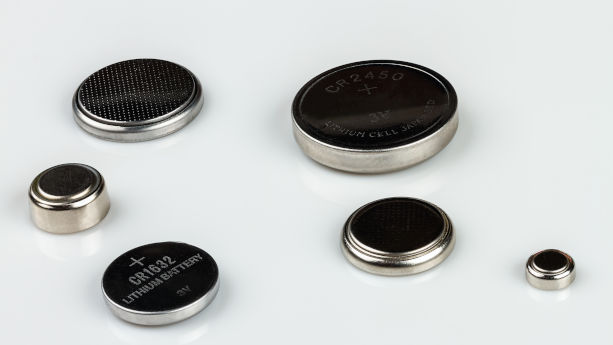
The European Union mandates the use of the CE marking for many product categories such as electronics, toys, medical devices, and personal protective equipment. That being said, some countries outside the EU, including Turkey and the United Kingdom, can accept the CE marking for certain products.
Other countries recognise certain aspects of the CE marking process – such as EN standards.
In this guide, we explain what you need to know about the acceptance concerning CE-marked products and EN standards in the United Kingdom, Turkey, Israel, Switzerland, Singapore, and other countries.
Continue reading Which Countries Accept CE Marked Products?




















